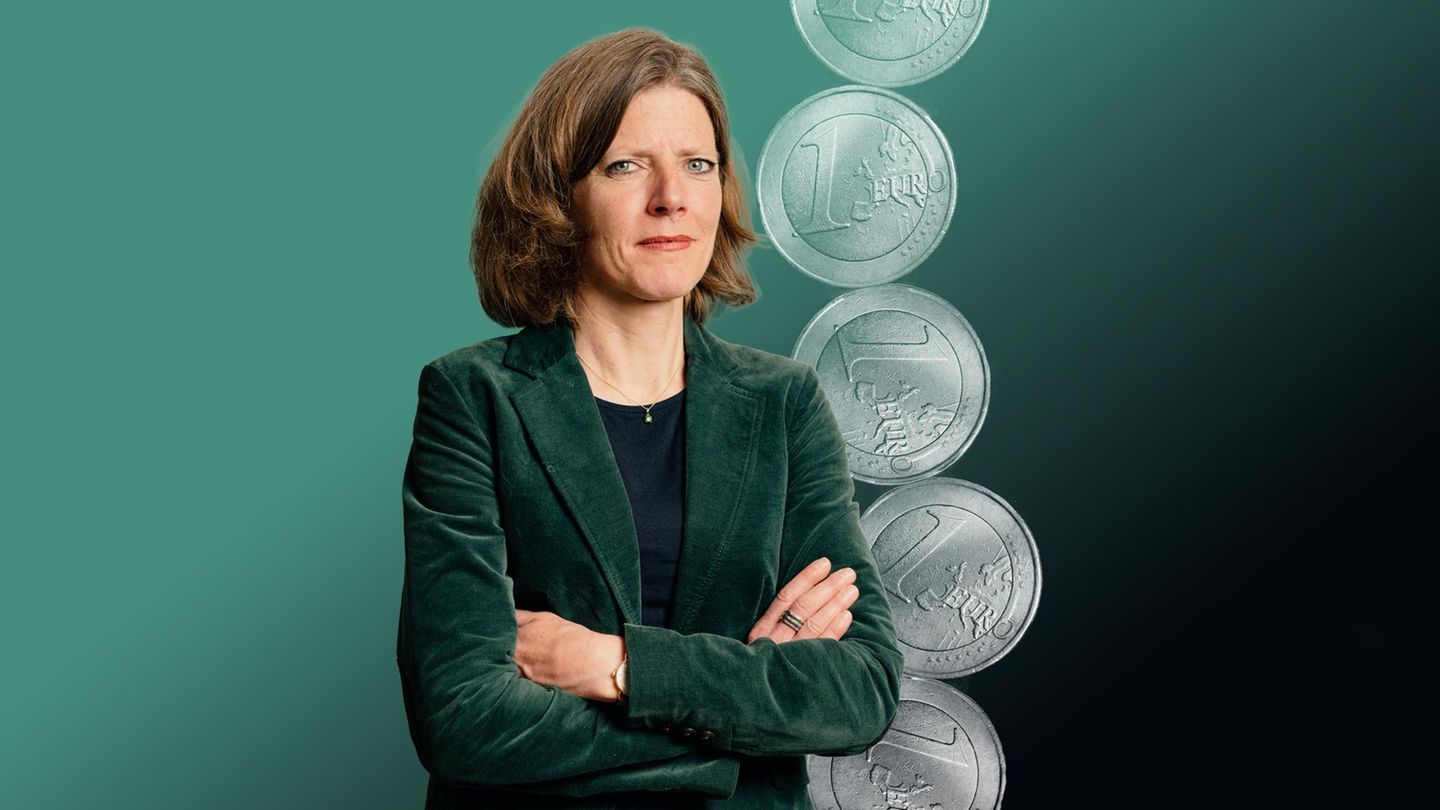Economist and leader of the consulting firm Analytica, Ricardo Delgado, spoke with Ambito with the project of Budget 2025 in hand and argued that the proposed 5% growth with current policies “sounds voluntaristic.” He also considered that there are several economic inconsistencies that he finds in the libertarian roadmap and warned about the unemployment figures recently published -7.6%, more than 1.7 million Argentines-, since it is understood that they will continue to increase.
Former World Bank and IDB consultant, Nor does he see an immediate way out of the trap without accumulating reserves; on the contrary, he considers it a “suicide.”
Journalist: Do you consider the budget figures sustainable?
Ricardo Delgado.: It is not new, other governments have done it, that the budget reflects an extremely optimistic view of the macroeconomic situation.
Growing at 5%, maintaining the exchange rate policy and bringing inflation to the “Latin levels” of the 1960s, sounds voluntaristic. I think that the explicit adoption of a fiscal rule is beneficial, but it would have been better to do it more by instruments than by objectives. That is, using rules of growth of real spending, or similar issues, rather than ensuring, on paper, the payment of debt interest. But beyond that, I also see inconsistencies. Let’s look at some of them.
VAT falls but consumption rises. Exports measured in pesos grow 30% but withholdings double, beyond the explanations. It is indicated that the peso appreciation policy is ending, but without appreciation it is difficult for inflation to fall, say, more than 80 points annually compared to 2024.
Primary spending is growing somewhat relative to GDP, but since pensions are adjusted for inflation, the adjustment will continue to be made by transfers to the provinces, subsidies for energy and transport, and public works (although the budget for Roads, for example, is growing strongly). The question is how sustainable these decisions are, when the project has to be voted on and, in addition, the race towards the mid-term elections begins in March. Has the logic of adjusting in even years and spending in odd years really been broken?
Q: Can we grow by 5% while promising greater adjustment?
RD: It may seem like a significant percentage, but strictly speaking we would only return to the GDP level of late 2022, recovering the falls of 2023 and this year. And even then it will be difficult to achieve this, because the main short-term driver, which is private consumption, is still not reacting, even though the real mass of income (wages and pensions) would be stopping falling. The drop in inflation allows you to better plan your spending, investment and production decisions, which is no small thing, but the economy has not yet gained enough muscle mass for a quick recovery.
Q: Does an exchange rate of $1,200 mean a late exit from the currency controls or are you betting that parallel exchange rates will approach that value? Are we closer to lifting the currency controls?
RD: In this economy, the million-dollar question has always been what the dollar level will be. Imagine projecting it to a year, in a context of scarce dollars and with strong debt maturities in 2025. This Government, which makes dogma a political virtue, was absolutely pragmatic regarding the treatment of the currency restriction, maintaining it despite criticism from colleagues close to it and, even more so, from its own officials. You can, and should, gradually relax restrictions, as the Central Bank and the CNV have been doing, but without a certain flow of foreign currency to strengthen the reserves, it would be suicide to break the restriction overnight.
Q: Will September inflation break through the 4% floor?
RD: It is likely that this month the Government will finally succeed in celebrating an index that starts with 3. But I would not be as optimistic as some officials in saying that inflation ends at the end of the year. The persistence of inertia, of indexed contracts, of salaries that move at different speeds, or the very existence of the “crawling” at 2% make it very difficult to break through the indexes. In this case I would be less dogmatic, because the emphasis on the imminent death of inflation can unanchor expectations until it is verified that it does not happen.
Q: How do you assess the labour market based on the latest INDEC data? Are we heading for an increase in unemployment or is it holding steady, pointing to more precarious employment?
RD: It was natural, after such a devaluation (the third largest in local history in real terms) and such a fiscal adjustment (it would also be the third but at a global level, after the Irish one in 2011 and the Uruguayan one in 1990) that there were impacts on the level, and also the quality, of employment. However, it has not been tremendous by any means. Milei’s government had a “little help” from Alberto Fernández, which was a very low unemployment rate, below 6%. The adjustment of the labor market in general is slow, and history tells us that even in very disruptive processes, such as convertibility, unemployment grows slowly. It should not be surprising to end the year with percentages close to 10%, and of course, with more precarious jobs.
Source: Ambito




